Spice It Up: A Lighthearted Guide to the Common Spices List
Spices are the secret weapon of every great chef, and for good reason. They can transform a simple dish into something unforgettable. Whether you're a seasoned cook or just starting out, knowing your way around the common spices list is essential. In this article, we’ll explore the most popular spices, how to use them, and why they’re so important in the kitchen.
Table of Contents
- Introduction to the Common Spices List
- Spice Basics: What You Need to Know
- The Top 10 Common Spices You Should Know
- Buying Guide: How to Choose the Best Spices
- Practical Tips for Using Spices Like a Pro
- Conclusion: Embrace the Flavor
Introduction to the Common Spices List
When it comes to cooking, spices are like the unsung heroes. They add depth, complexity, and character to any dish. But with so many options out there, it can be overwhelming to know where to start. That’s where the common spices list comes in handy. This guide will introduce you to the most widely used spices in kitchens around the world, from the fiery cayenne pepper to the earthy cinnamon.
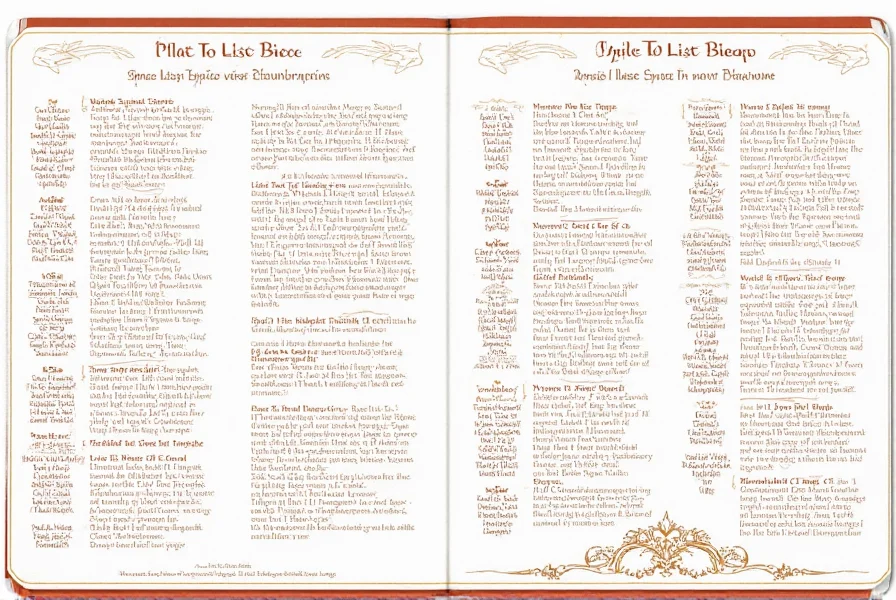
Spice Basics: What You Need to Know
Before diving into the common spices list, it's important to understand some basic spice terminology and usage tips:
- Whole vs. Ground: Some spices are best used whole (like cloves or star anise) and others work better when ground (like cumin or paprika).
- Storage: Spices lose their potency over time, so store them in airtight containers away from heat and light.
- Flavor Profiles: Each spice has its own unique taste—some are spicy, others sweet, and many have complex layers of flavor.
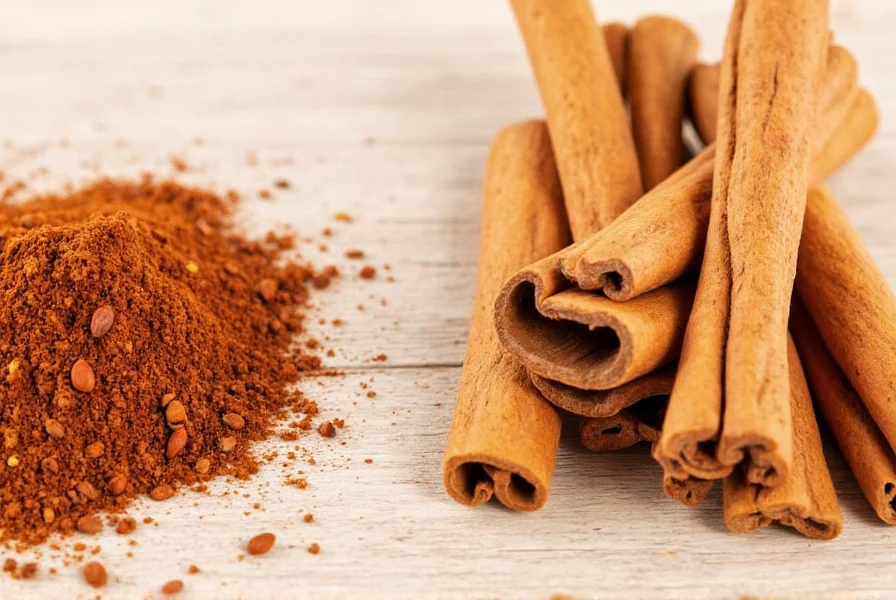
The Top 10 Common Spices You Should Know
Here's a quick look at the most popular spices found in the common spices list:
| Spice | Taste Profile | Best For |
|---|---|---|
| Cumin | Earthy, nutty, slightly smoky | Mexican, Indian, Middle Eastern dishes |
| Paprika | Smoky, sweet, mild | Spanish, Hungarian, and American dishes |
| Cinnamon | Sweet, warm, aromatic | Baked goods, beverages, desserts |
| Garlic Powder | Savory, pungent, umami | Seasoning blends, soups, sauces |
| Oregano | Energetic, slightly bitter, herbal | Italian, Mediterranean cuisine |
| Black Pepper | Pungent, sharp, slightly citrusy | Everyday seasoning |
| Chili Powder | Spicy, smoky, tangy | Mexican, Tex-Mex, chili recipes |
| Coriander | Lemony, citrusy, slightly sweet | Indian, Mexican, Middle Eastern dishes |
| Mustard Seeds | Nutty, pungent, slightly spicy | Indian curries, German sausages, salad dressings |
| Vanilla Extract | Sweet, floral, creamy | Baking, desserts, beverages |
Buying Guide: How to Choose the Best Spices
When it comes to selecting spices, quality matters. Here’s a breakdown of what to look for and which products stand out:
1. McCormick Gourmet Collection Ground Cumin
Features: High-quality, finely ground cumin with a rich aroma and deep flavor.
Advantages: Great for seasoning meats, vegetables, and stews.
Use Cases: Ideal for Mexican and Indian dishes.
Target Audience: Home cooks and food enthusiasts.
Suitable Occasions: Everyday meals, family dinners, and special occasions.
2. Penzeys Smoked Paprika
Features: Made from Spanish peppers and smoked to perfection.
Advantages: Adds a rich, smoky flavor to dishes.
Use Cases: Perfect for grilled meats, stews, and roasted vegetables.
Target Audience: Serious cooks and barbecue lovers.
Suitable Occasions: Barbecue parties, holiday meals, and casual gatherings.
3. King Arthur Flour Cinnamon
Features: Pure, high-quality cinnamon with a bold, warm flavor.
Advantages: Enhances both sweet and savory dishes.
Use Cases: Baking, baking, and spiced drinks.
Target Audience: Bakers and dessert lovers.
Suitable Occasions: Holiday baking, breakfasts, and afternoon tea.
4. Lawry's Garlic Powder
Features: Finely ground garlic with a concentrated flavor.
Advantages: Adds a deep, savory note to recipes.
Use Cases: Seasoning for meats, soups, and marinades.
Target Audience: Everyday cooks and meal preppers.
Suitable Occasions: Quick weeknight dinners and family meals.
5. Simply Organic Oregano
Features: 100% organic oregano with a vibrant, fresh taste.
Advantages: Boosts the flavor of Italian and Mediterranean dishes.
Use Cases: Pizza, pasta, and tomato-based sauces.
Target Audience: Health-conscious cooks and traditionalists.
Suitable Occasions: Family dinners and weekly cooking sessions.
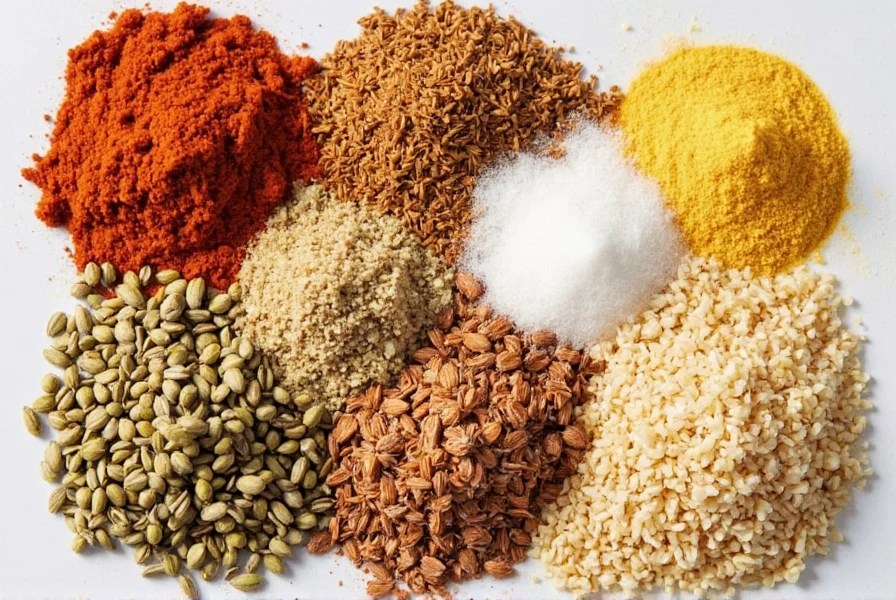
Practical Tips for Using Spices Like a Pro
Now that you’ve got the common spices list down, here are some practical tips to help you make the most of them:
- Start Small: When experimenting with new spices, use small amounts first and adjust as needed.
- Toast Whole Spices: Toasting whole spices before grinding them enhances their flavor.
- Pair Wisely: Some spices go well together, while others clash. Use a spice pairing chart if you're unsure.
- Label and Date: Always label your spice jars and note the date of purchase to ensure freshness.
- Experiment Freely: Don’t be afraid to mix and match—sometimes the best flavors come from unexpected combinations.
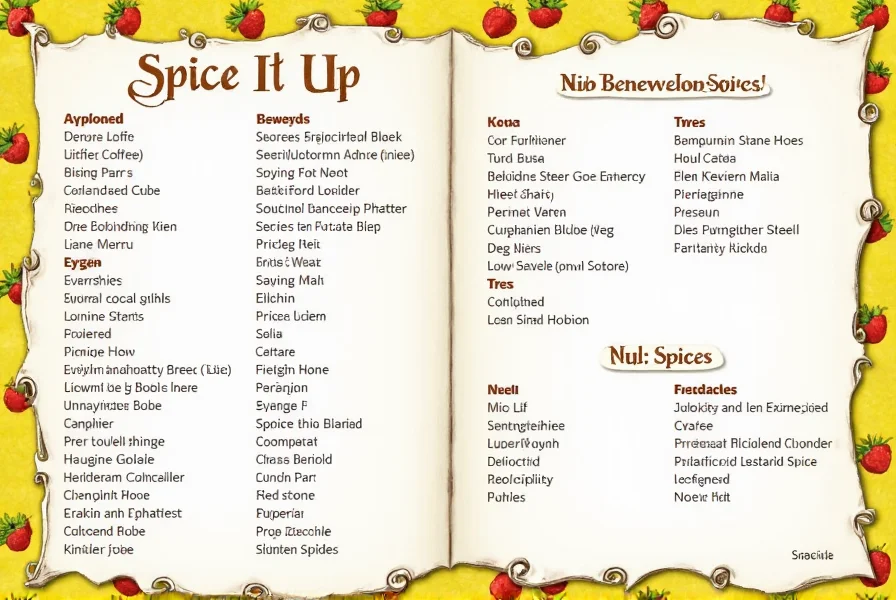
Conclusion: Embrace the Flavor
Spices are more than just ingredients—they’re the heart and soul of many cuisines around the world. By understanding the common spices list, you can elevate your cooking and create dishes that truly shine. Whether you're a professional chef or a home cook, mastering the art of spices is a rewarding journey. So, grab your favorite spices, get creative, and let the flavors take center stage!
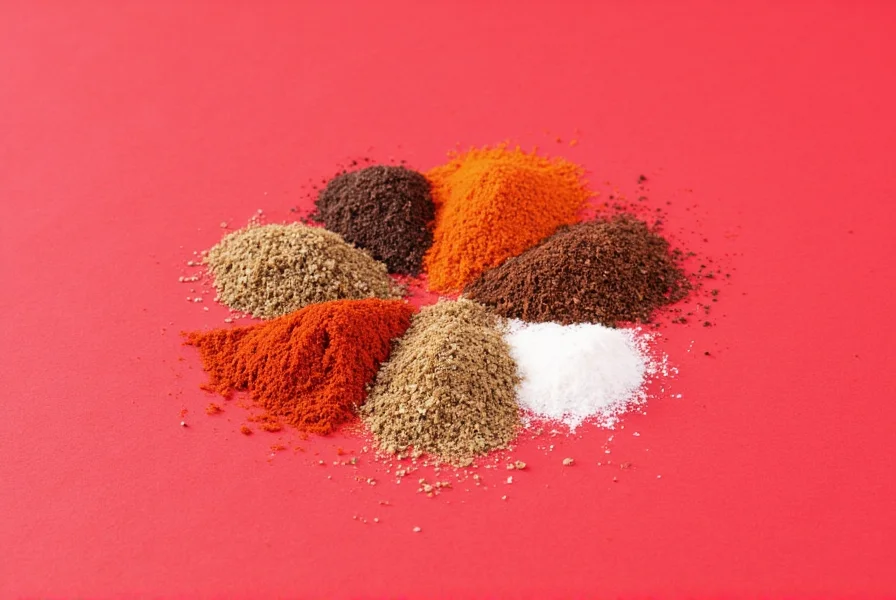

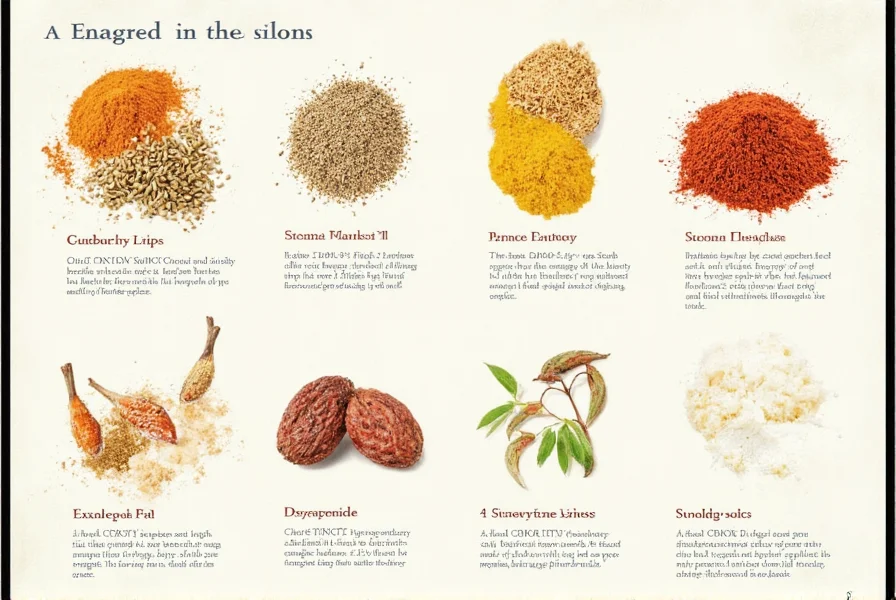









 浙公网安备
33010002000092号
浙公网安备
33010002000092号 浙B2-20120091-4
浙B2-20120091-4